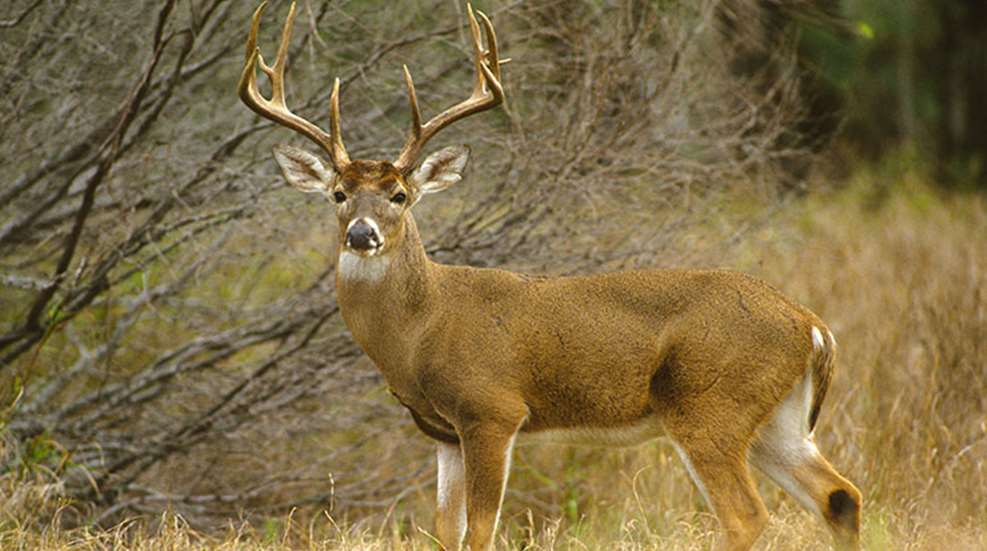
The number one question I get on my website is related to disappearing bucks. The hunter has kept his eye on a nice buck all summer and then it disappears in September—never to show back up all season.
I have run into this a number of times myself and it can be very frustrating if you don’t understand what is happening and know how to adapt. Some bucks have a different fall range from their summer range and the two ranges don’t always overlap. There is nothing you can really do about either.
I “hunted” a buck back in 2008 that was a dandy. We could find him on one of my alfalfa fields just about any evening during late July and early August. It was exciting to know that such a buck was on the farm, but after two seasons of looking for him all over the place with trail cameras in October and November—and not finding him—I came to realize he only spent the summer here. That really opened up my eyes to this subject of buck dispersal. I started doing some research and learned a bunch of interesting things.
Why They Disperse
During the summer, bucks are the best of buddies, even grooming each other and spending many carefree days bedding and feeding together. But come November, those same deer are trying to kill each other. Testosterone turns them into enemies. As the days shorten in August, the level of testosterone in a buck’s system starts to increase. This is what triggers velvet shedding in early September and what causes the bachelor groups of summer to break up soon after. Velvet shedding is the official start of the fall dispersal.
Where They Go
One of my employees has a master’s degree in deer behavior from the University of Nebraska. He radio-collared a number of bucks and then did his thesis on buck dispersal. Greg learned that the average buck relocates roughly 600 yards from August to October. Since some bucks don’t move at all, there also have to be some that disperse long distances to produce this average. Even the average of 600 yards is a long ways; it is enough to move a buck right off your property.
I have learned that bucks tend to use the same summer ranges and the same fall ranges each year. If you had a certain buck in your hunting area last fall that you know made it through the winter, the odds are good that he will be there again this fall—regardless of where he spent his summer.
Now What?
So here you sit in the second half of August. Maybe you have a few bucks on trail cameras—or bucks you have seen while glassing bean fields—that are solid targets. As exciting as that is, it is merely the first step in patterning those deer, not the last one. What you see in August may not be what you will see in October in the same area. Shortly after those bucks shed their velvet, they may be gone—or at least they will likely have moved to a different part of your hunting area. Just keep that in mind.
Next Time: Finding Them Back
I will be back again in two weeks with another Blog in which I will get into a full blown break-down of how to find bucks back again that have dispersed. Not surprisingly, the process relies heavily on trail cameras.
I will touch on that process and then, as the fall goes on, I will dive into how you actually pattern your target bucks and ultimately how to decide which ones to hunt and where to hunt them. I will keep my blog subjects a few weeks ahead of real-time so what I get into here will be useful immediately in the woods. Good luck and have a great day and I will see you back here in two weeks.





































